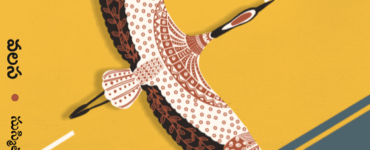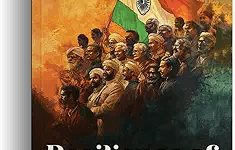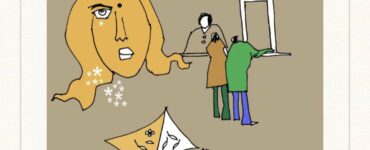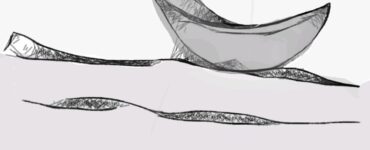Imagine a ten-year-old in Calcutta in the 1990s, living in a loving, protective household. Imagine a thirteen-year-old in 1942 in Amsterdam, hiding from capture and certain death. Imagine the two meeting one afternoon when the sun is blazing hot and there is nothing to be heard except the call of the passing pheriwalahs (salesmen/women), selling utensils in exchange of old clothes, or juicy tropical fruits. Imagine their lives touching each other through the pages of a book borrowed from a friend.
And then, the river of time flows.
The ten-year-old Calcuttan never manages to possess The Diary of a Young Girl thereafter. She forgets the details the thirteen-year-old girl had shared with her. But she never forgets what that book had made her feel that sultry summer afternoon.
I can say I lived between the pages of the books I read, and I read voraciously. In the multitude of worlds in which I wandered, nothing ever made me believe I could write. Till I met Anne Frank. She brought the fervour of writing to my soul. But I was very jealous when I started writing a diary for the first time. I did not have a “Kitty” to share my secret endeavours with. Furthermore, I was at a loss since my life entailed no surprises and hence had no excitement of any sort. I wanted to write about grandiose or secretive adventures as there were in the lives of Anne of Green Gables, Jo of Little Women, or at least the detective thrills of the Famous Five. To my utter dismay, my adventures were limited to my mind.
Even without a “Kitty” to call my own, I wrote fervently, journaling my everyday petty life and my inconsolable emotions surrounding it. During the darkest years of my mental illness, I continued to write diaries feverishly. I was trying to fathom the world through the inexplicable emotions that would continuously overwhelm me. Another decade later, I would tap into those scribbles to attempt to understand my own writing process. But this time around, Anne Frank had company.
In Hanoi, Vietnam, I would find a rather thumbed book: Vincent Van Gogh’s Letters to Theo in a tiny second-hand bookshop. I have not read Letters to Theo ever from cover to cover. Each letter can be a starting point for reading. There are dense images of everyday life in each one. And then, there are lines that suddenly spring out of their designated places and become meaningful in the prevailing circumstance of the reader’s life. In the process of documenting the factual, creative nonfiction and nonfiction artifacts like these letters open the door into the inner quarters of an author’s mind and soul. What we see is a unique blend of the objective and the subjective. This cocktail of perspectives creates an enticing world – one rich in specific details, as well as with traces of the author’s mind. The choice of language also reveals the character of the author.
This was the juncture when the decision to write consistently and to labour in this passion was born in me. I want to write not to please anyone, not even myself. I try to cultivate an objective distance from the persona of the author. It is very interesting that the desire to communicate is essentially at the beginning (as a motivation) and at the end (as making a piece available for others) of the cycle of human creation. I desire to communicate too. However, with each passing day, I feel my communion is with the empty page. Beyond it, I do not exist, a creative work which was incidentally created by me does.
What attracted me to these nonfiction personal accounts was the fact that here the mundane is not glorified, and yet it becomes more than articulate. In the very act of narrating the everyday life and documenting the thoughts surrounding them, ‘the normal’ is humanised. What my ten-year-old self contemplated to be mere opinion, is but perspective. It is that which mystifies the ordinary and demystifies the extraordinary. What Anne’s resilience and Van Gogh’s experiences help me realise is that I have limitations. I am limited in my imagination because I still cannot flesh out a complete character from a character trait observed in real life. But what I can do is to continue to work hard to create characters, scenes, stories and maybe someday even novels. In going back to the essence of things, writing can help one reach a sense of calm. The agitated writing self that started walking with Anne’s inspiration is gradually maturing into a writing soul resigned to the present.
Do I not wish for anything in my journey? Yes, I do.
I wish one of those summer afternoons of my Calcutta childhood – unbearably hot and humid, under the shade of the mango tree, now no more. I would be sucking my pickle-oil-dripping-thumbs while catching up with Van Gogh, wearing a blue shirt and a straw hat, and, Anne Frank, removing the curls from her neck.
Bio note of Susmita Paul:
(she/her). Indian. Bi-lingual Poet/Writer. Visual Artist. Founder, Editor-in-Chief of The Pine Cone Review. Her works have been recently published in Tint Journal, Kaurab Online, LitWrite Bangladesh, and Gitanjali and Beyond amongst others. Currently lives in Graz, Austria. More about her and her works at: www.susmitapaul.org
*









Add comment